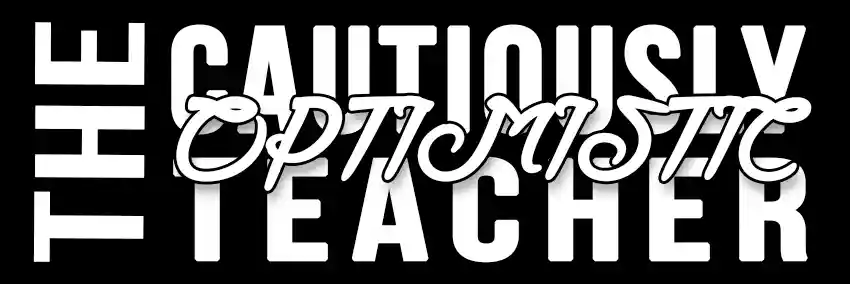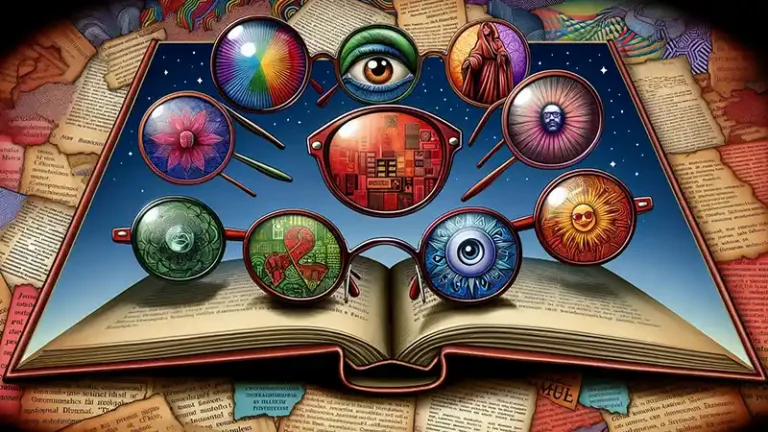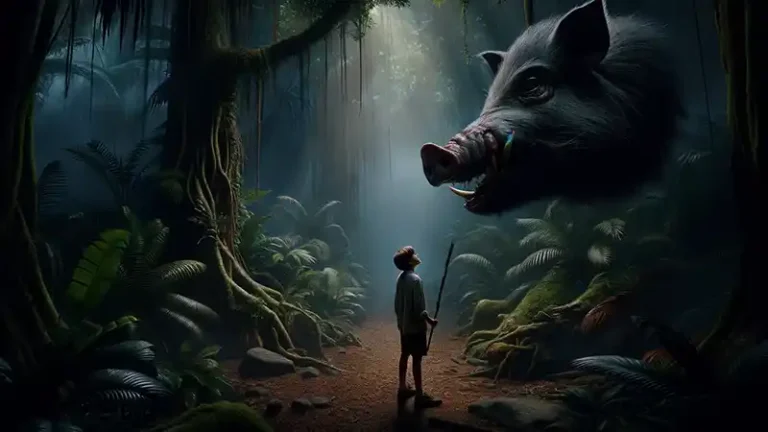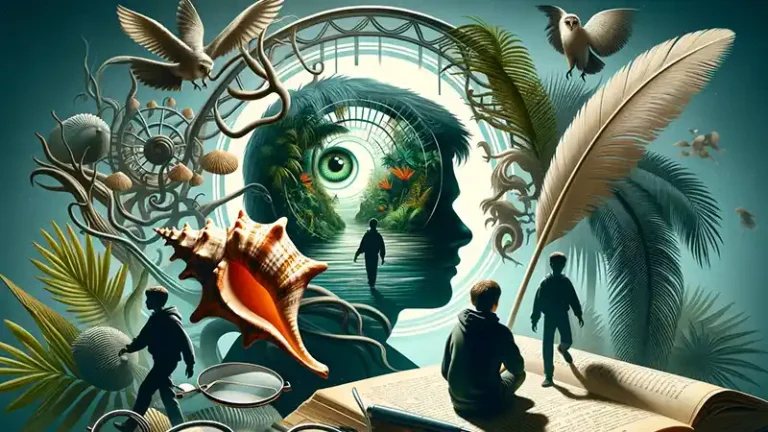Lord of the Flies Chapter 2: Using the Psychoanalytic Lens
This lesson plan, centered on Lord of the Flies Chapter 2, is designed to immerse students in the profound psychological landscapes of the novel through the lens of psychoanalytic theory. The session starts with a close look at the Psychoanalytic Lens Note, enabling students to grasp fundamental concepts such as the Id, Ego, Superego, and the roles of the Personal and Collective Unconscious. Students will be encouraged to apply these psychoanalytic frameworks to understand the underlying motivations and subconscious drives of the characters. The class will explore the symbolism of key elements like the fire and analyze the representation of Jungian archetypes in characters like Ralph, Piggy, and Jack. By connecting psychoanalytic theory with the narrative and characters of Lord of the Flies, students will gain a richer understanding of both the text and the broader human psyche, fostering a deeper appreciation for the complexities of human behavior and literary expression.
Learning Goals for Lord of the Flies Chapter 2
- I will be able to explain key psychoanalytic concepts such as the Id, Ego, Superego, and the roles of the Personal and Collective Unconscious, as they apply to literary analysis.
- I will be able to analyze characters in ‘Lord of the Flies’ by identifying their underlying motivations and the process of their individuation, using the Psychoanalytic Lens.
- I will be able to apply the concepts of psychoanalytic literary criticism to outline and explain the main events in Chapter 2 of ‘Lord of the Flies’, particularly focusing on the psychological aspects of the characters’ actions and interactions.
Materials
LotF Digital Copy
LotF Audio Chapter 2 (29:05)
Psychoanalytic Lens Note
Process
- Go through the Psychonalytic Lens Note.
- Finish reading Chapter 2 of Lord of the Flies.
- Continue adding map details to the organizer.
- Answer the chapter questions below.
The Psychoanalytic Lens Note
Definition
Psychoanalytic Literary Criticism: A critical approach that uses concepts of psychoanalysis to interpret literature.
Focus: Analyzing texts through the lens of subconscious desires, motivations, and the psyche.
What do we explore?
Character Motivations: Uncovering deeper, often unconscious motivations of characters.
Symbolic Meanings: Interpreting symbols in literature through a psychoanalytic perspective.
Author’s Psychology: Understanding how an author’s unconscious mind might influence their writing.
Id, Ego, Superego
Characters’ Inner Conflict: Analyzing characters’ struggles between their primal desires (Id), societal norms (Superego), and reality (Ego).
Narrative Tension: How the interplay of Id, Ego, and Superego influences plot and character development.
Individuation
Character Development: The journey of characters achieving self-awareness and a unified personality.
Symbolism: Use of specific symbols in literature to represent individuation.
Archetypes
● Developed by Carl Jung, a Swiss psychiatrist.
● Fundamental, universal symbols in the human psyche.
● Represent innate human motivations and basic experiences.
Persona
- The social face the individual presents to the world.
- A mask to hide our real self.
- Adaptation to the external world, often at the expense of true individuality.
Ego
- Represents the conscious mind.
- Involved in perception, thinking, feeling, and memory.
- The center of consciousness, but not the totality of the psyche.
Self
- Represents unity, integration, and harmony of the total personality.
- The central archetype and mediator between the conscious and unconscious mind.
Shadow
- Represents the unconscious, darker side of personality.
- Often the source of creativity and insight.
- Contains repressed ideas, weaknesses, desires, instincts.
Anima / Animus
- Anima: the feminine part of a male’s personality.
- Animus: the masculine part of a female’s personality.
Conscious
- The conscious mind includes everything we are aware of at any given moment.
- Responsible for our thoughts, memories, feelings, and perceptions that we can easily recall and articulate.
- Acts as the center of our identity and rational decision-making.
Personal Unconscious
- Contains thoughts and feelings that are not currently in conscious awareness.
- Includes both memories that are easily brought to mind and repressed memories which are difficult to recall.
- Personal Unconscious is unique to each individual, shaped by personal experiences and memories.
Collective Unconscious
- A deeper level of unconscious shared among all humans.
- Contains archetypes and universal symbols that are innate and inherited.
- Influences our behaviors and experiences, often surfacing in dreams and myths.
Chapter Questions
- In 2 – 4 sentences, outline the main events in chapter 2.
- Why are the little boys scared (especially the boy with the mulberry-coloured birthmark)?
- What does the fire represent? Explain your answer.
- What psychoanalytical archetype does Ralph fit? Explain.
- What psychoanalytical archetype does Piggy fit? Explain.
- What psychoanalytical archetype does Jack fit? Explain.







